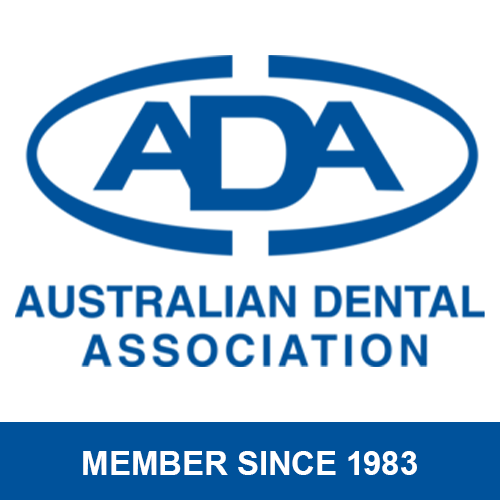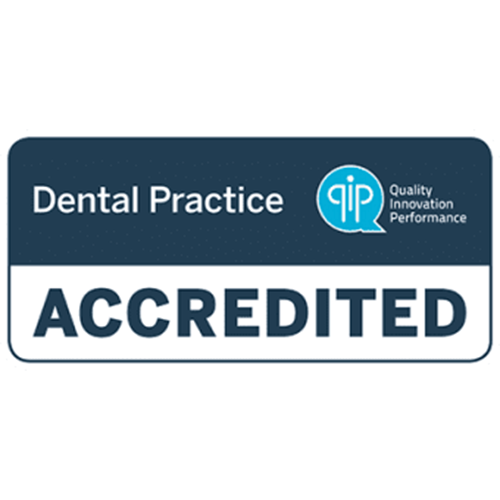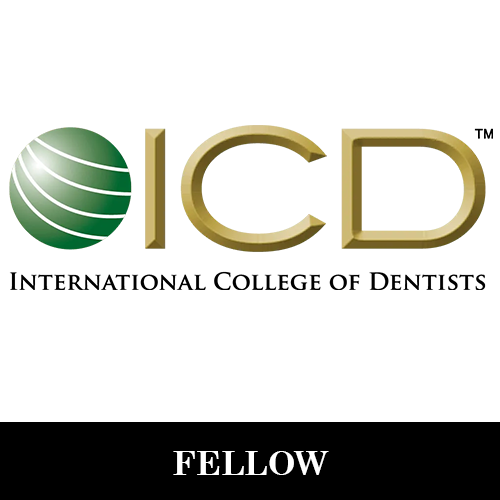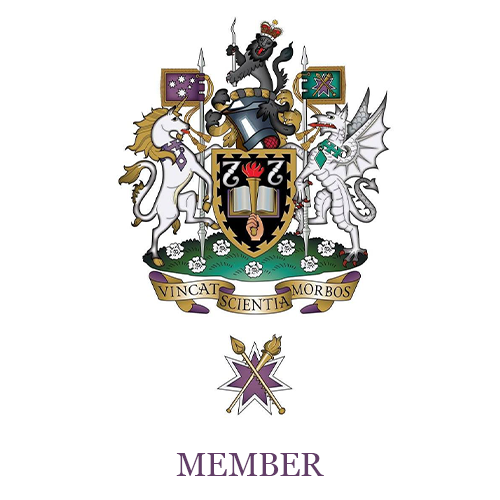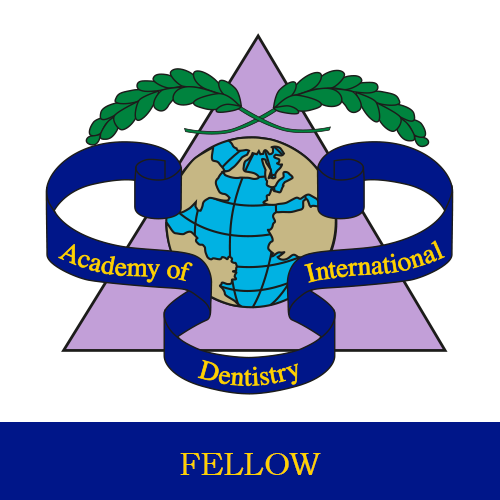Does Mouthwash really work??
Mouthwash can be used to help with a lot of oral hygiene issues such as:
– Freshen breath – Reduce dental plaque – Prevent tooth decay – Help control gingivitis.
The main thing to remember about mouthwash, like any other form of oral hygiene product, is that you have to use the right kind in the right way!
Keep these 4 points in mind:
1. Choose a mouthwash that has the ADA approval symbol right on the bottle, meaning it actually does what it claims!
Over-the-counter mouthwash usually just masks bad breath, but it doesn’t actually remove the bacteria that can cause bad breath. It’s more like a temporary cover-up than a real solution. Anti-bacterial mouthwashes on the other hand do actually reduce bacteria, which can help prevent gingivitis. People with bad-breath may not always have gum disease, but many patients who have gum disease have bad breath. Kill two birds with one stone and go for the ADA approved anti-bacterial mouthwash.
2. If you suffer from dry-mouth aim for alcohol-free mouthwash.
Alcohol is a drying agent and if your mouth is dry, you can’t produce saliva. Saliva is a natural mouthwash that helps rinse away bacteria that causes bad breath and gingivitis. If you already suffer from dry mouth mouthwash with alcohol could actually make things worse for you! There are plenty of alcohol-free mouthwashes available, so just check the labels.
3. Fluoride mouth rinses help reduce and prevent tooth decay.
Fluoride is a mineral that is used to prevent tooth decay. Many local communities fluoridate their drinking water (having a significant impact on tooth decay among children) but fluoride mouth rinses are an excellent option for people who may live in more rural areas with no direct access to fluoridated city water sources. The most important thing to remember is to not accidentally swallow your fluoride mouth rinse as too much can be toxic.
4. Add an extra 30 seconds to your daily oral health routine and invest in some mouthwash!
Please call us to make an appointment so we can discuss your dental needs.
The post Does Mouthwash really work?? appeared first on Moss Vale Dental - Trusted Moss Vale Dentist.
Site Links
Our Services
Locations We Service
Contacts
ABN: 40 525 320 779
Trading Hours
- Monday
- -
- Tuesday
- -
- Wednesday
- -
- Thursday
- -
- Friday
- -
- Saturday
- Closed
- Sunday
- Closed



